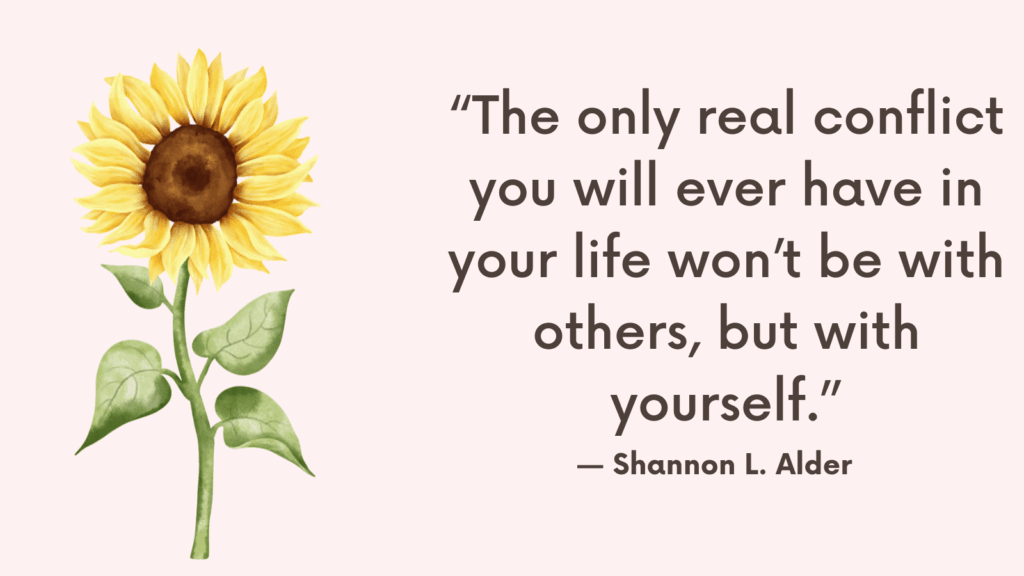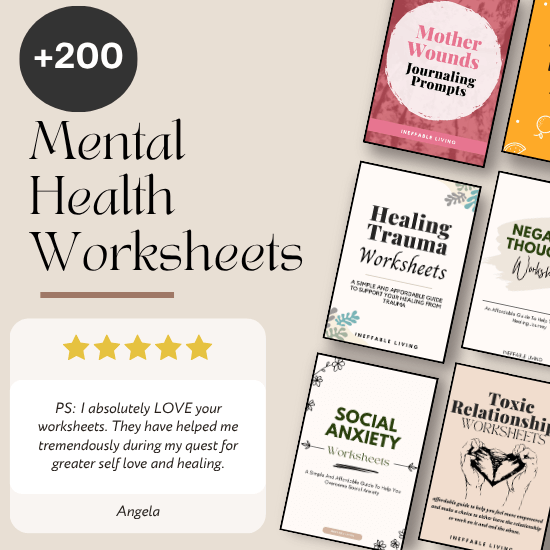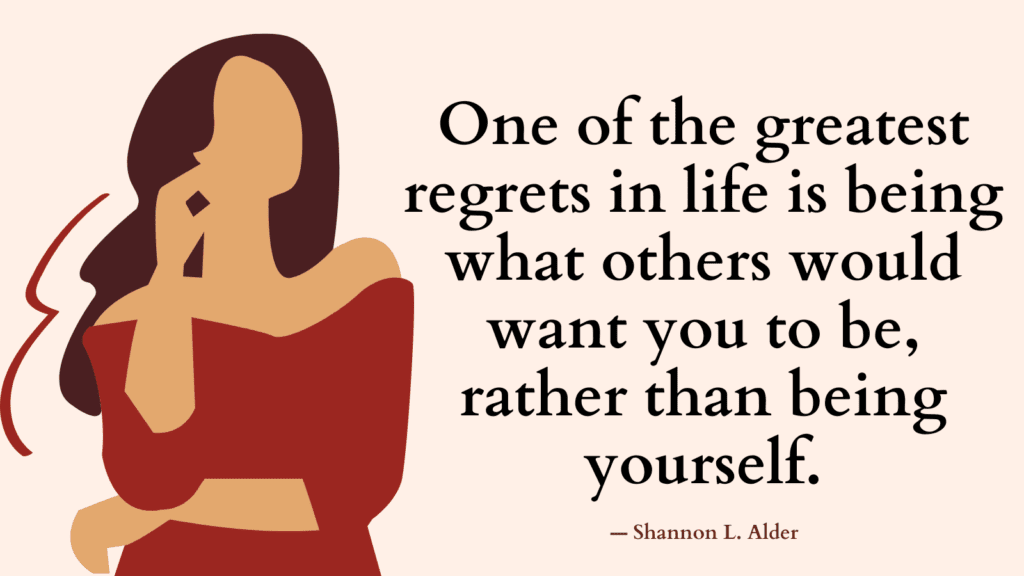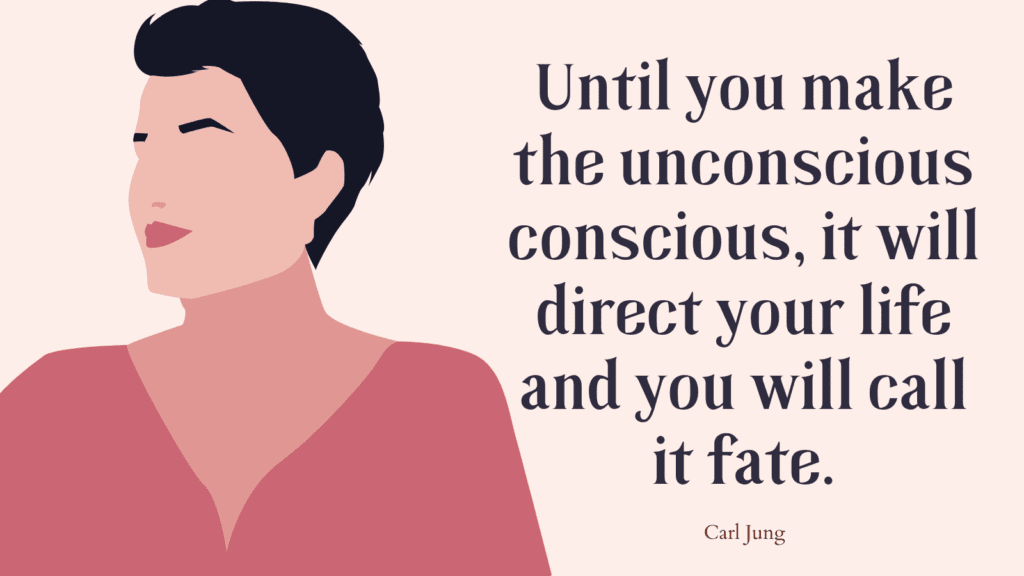Racism doesn’t just attack from the outside—it works to silence, erase, and distort the truth of who you are. Over time, these wounds can leave you questioning your worth, your culture, and even your belonging. Reclaiming your identity is about remembering what racism tried to take away: your voice, your dignity, and your story. It is not about becoming someone new, but about returning to yourself with strength and compassion.
What Racism Does to Identity
Racism is not just an external experience.
It is a systemic pressure that seeps into your internal world, subtly (or violently) pushing you to question:
Who am I allowed to be?
Which parts of me are acceptable?
Is it safe to show up as myself?
Over time, these messages can create an emotional fracture.
Not because you were never whole — but because parts of you were silenced for survival.
Why This Wound Is So Personal
Racism doesn’t just exclude.
It deforms belonging.
It tells you: you are too much, or not enough. Too loud, too quiet. Too foreign, too visible, too invisible.
And when this happens over and over, you start editing yourself — not for creativity, but for permission.
You carry that ache:
“Will I be accepted if I stop hiding?”
This is where identity loss begins.
Not with forgetting who you are — but with being taught that who you are is a problem.
Related: Soul Alignment: How to Reconnect With Your Essential Self & Find Your Purpose?
What It Feels Like Internally
The erasure doesn’t always look dramatic.
Sometimes it feels like:
- Shrinking your voice in white spaces
- Over-explaining your intelligence, your culture, your tone
- Carrying shame about your name, your accent, your history
- Feeling disconnected from your own roots
- Living in two different selves: one for survival, one for truth
- Grieving the version of you that never got to thrive freely
It’s exhausting. And invisible to many who’ve never had to question their right to exist without justification.
How to Reclaim Your Identity After Racism Tried to Erase It?
1. Name the Wound Without Letting It Define You
Racism doesn’t just attack you externally—it seeps inside, trying to convince you that your worth is less, your culture inferior, your presence unwelcome. Before those lies take root, pause and name what’s actually happening:
- “This is racism.”
- “This is oppression.”
- “This is not who I am.”
Naming it helps separate the violence done to you from your inner truth. You are not the racism you’ve endured—you are the one surviving it.
2. Untangle Internalized Messages From Your True Voice
Over time, racism can make you doubt yourself. You might hear thoughts like:
- “I’m not good enough.”
- “My voice doesn’t matter.”
- “I should shrink to be safe.”
Ask yourself: Whose voice is that? Did it come from a classroom, a workplace, the media, or generations of exclusion? Once you recognize the source, you can answer back with your own truth:
- “I deserve to take up space.”
- “My culture and identity are valid.”
Related: Best 35 Journal Prompts To Get To Know Yourself
3. Reclaim the Stories That Were Stolen
Racism often erases or distorts the history, achievements, and beauty of entire communities. That erasure can leave you feeling rootless. Begin reconnecting with the stories that affirm you:
- Family histories
- Cultural traditions
- Music and art
- Literature and folklore
Let them remind you that you belong to something vast, resilient, and enduring. Your story didn’t start with oppression—it stretches back to strength and brilliance.
4. Notice the Daily Acts of Survival and Resistance
Racism highlights your struggles. But what about the ways you’ve resisted? The times you spoke up, supported others, or simply chose to keep going despite exhaustion? Write down:
- Three ways you’ve kept your identity alive today
- One way racism tried to silence you
- One way you reclaimed yourself in response
This practice restores balance—showing you that your existence itself is an act of defiance and dignity.
5. Repair the Fracture Between You and Yourself
When you’ve been told repeatedly that your identity is “too much” or “not enough,” you may have distanced yourself from parts of who you are just to survive. Healing begins when you turn back to those parts with compassion. You might say:
- “I’m sorry I hid you. You are worthy of being seen.”
- “I will not abandon you the way the world tried to.”
Repairing your relationship with yourself is more powerful than assimilation—it is an act of wholeness.
6. Speak to the Younger You Who Felt Invisible
Sometimes the wounds of racism go back decades: being teased at school, overlooked by teachers, or made to feel like you didn’t belong. Place your hand over your heart and tell that younger you:
- “You were never the problem. The problem was racism.”
- “I see you now, and I honor you.”
- “You are allowed to exist loudly and fully.”
These words reclaim the dignity that should have been yours all along.
7. Limit Comparison to Dominant Standards
Whether it’s beauty, success, or professionalism, dominant cultural standards are designed to erase difference. Stop measuring yourself against ideals that were never meant to include you.
- Your hair, your accent, your traditions, your body—they carry beauty and meaning.
- Mainstream images cannot erase your worth.
- Compassion for yourself is more powerful than comparison.
8. Build a Community That Reminds You Who You Are
You don’t have to do this alone. Healing from racism is easier when you are surrounded by people who reflect your worth back to you:
- Friends who affirm your culture
- Mentors who celebrate your potential
- Communities that honor resilience over perfection
Being seen in your wholeness dismantles the isolation racism creates.
Related: Best 10 Self Discovery Books
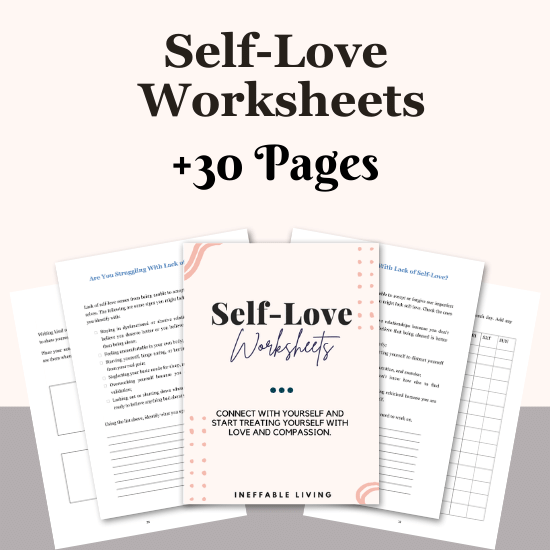
Conclusion
Racism may have tried to erase your identity, but it never succeeded in taking away who you truly are. Each act of self-acceptance, each reconnection with culture, and each step toward community is a refusal to be erased. Healing is not about becoming someone new—it is about returning to the wholeness that was always yours. Your existence is resistance. Your voice is power. Your identity is unerasable.
